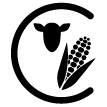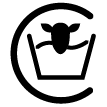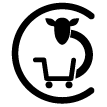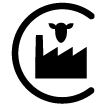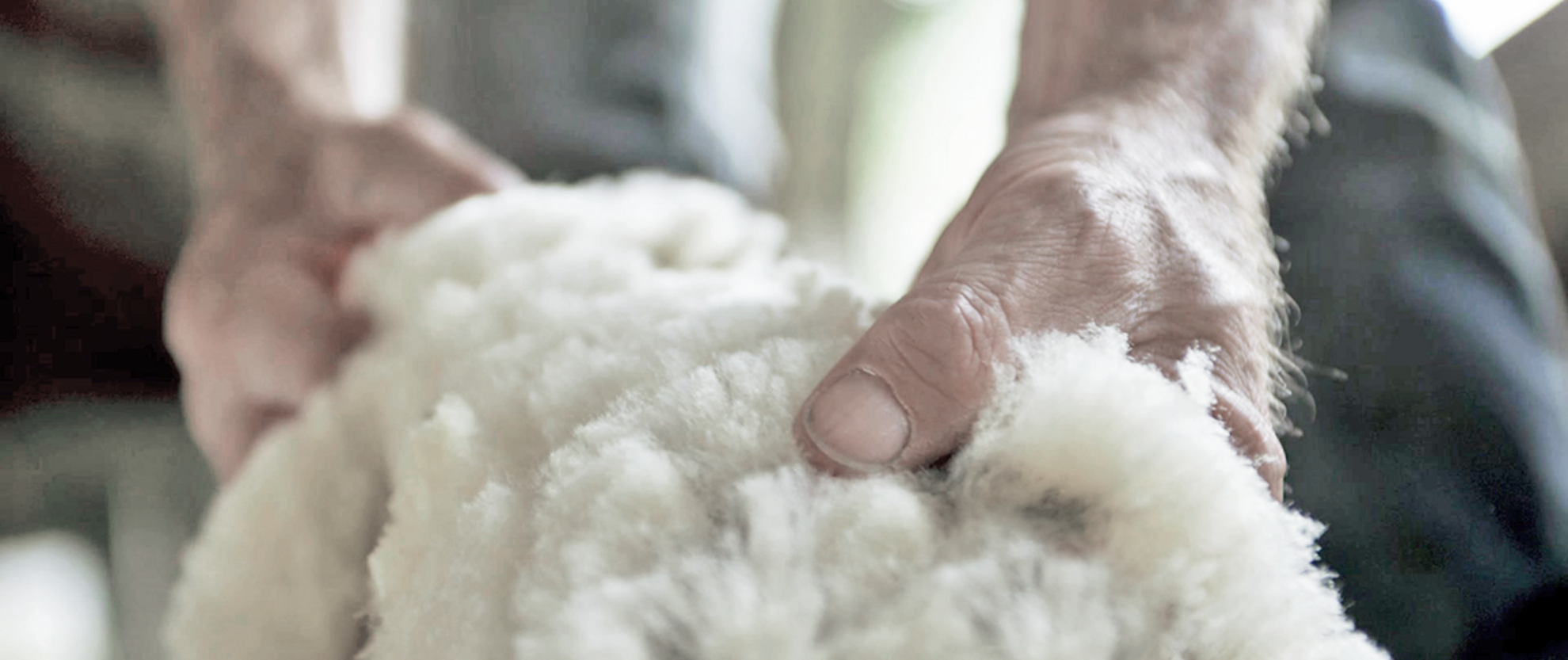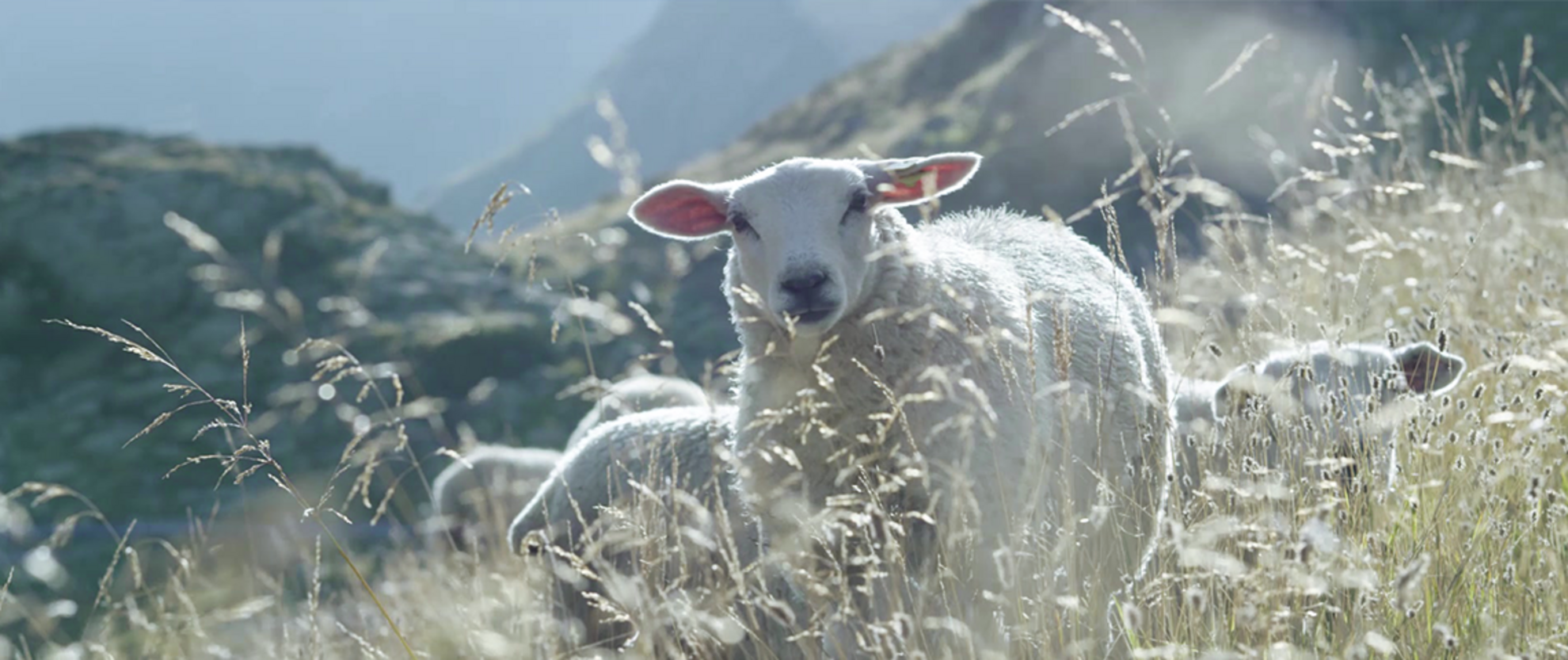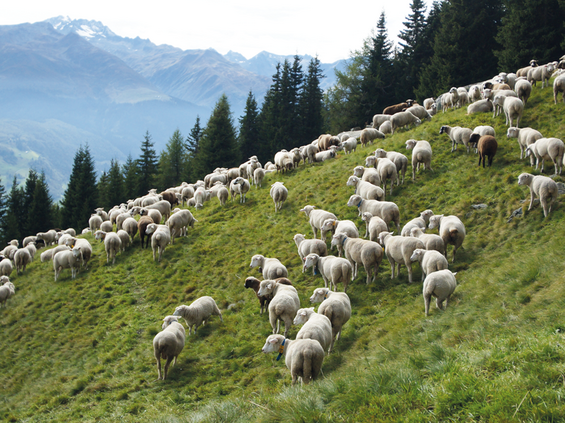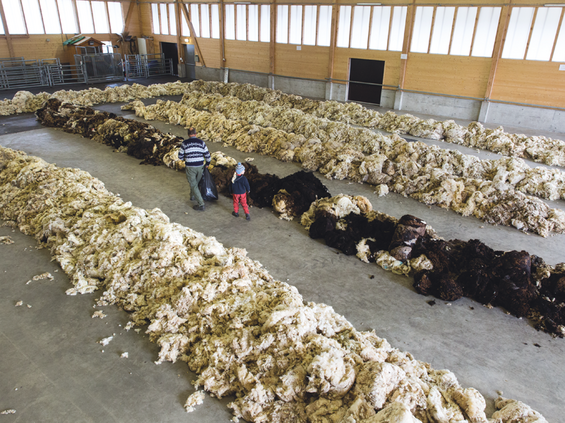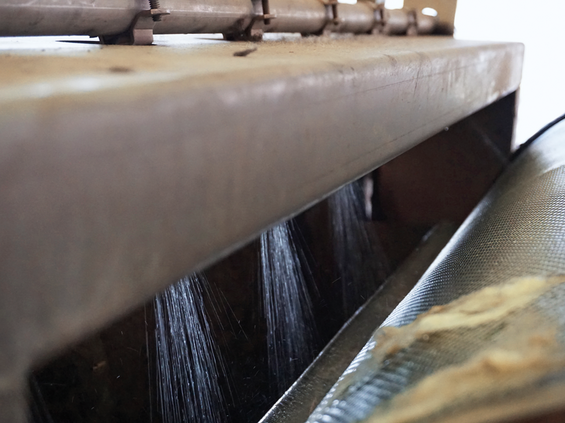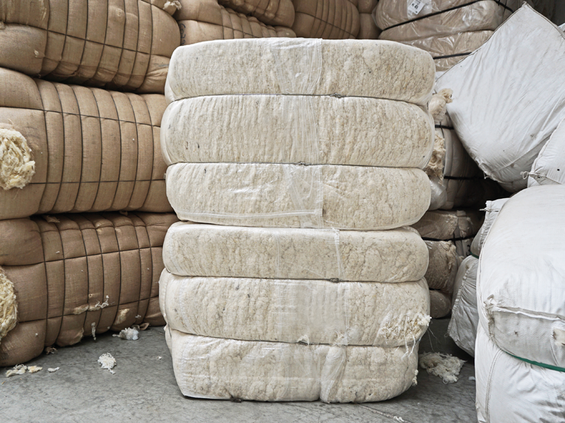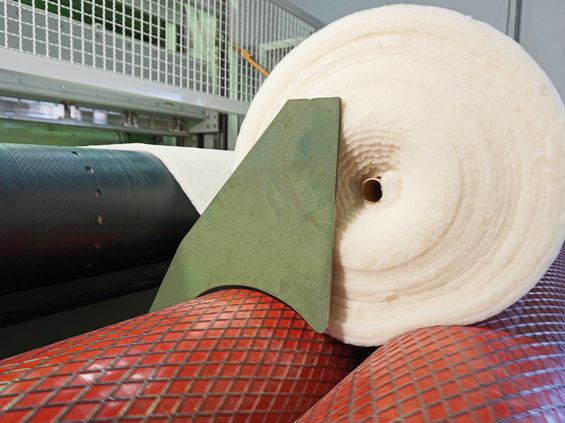Wool tracker 2023
Amount of European virgin wool (in tons) we have processed for lavalan insulation products last year.
Our wool: green aspects
Wool is natural, renewable and biodegradable.
Natural fibres such as wool reduce the impact of the textile industry on pollution and landfill build-up. Wool fibre has been shown to biodegrade in soil and marine environment. Tests show that under ideal conditions, wool products are almost completely degraded after six months in the ground. Wool also biodegrades in aquatic environment. After 7 to 8 months the deterioration is quite advanced. The usage of wool also means NO microplastics. Source and facts to be found on iwto.org.
Sheep have to be shorn every year at least once, unfortunately there is a lot of European wool that is not needed due to the lack of usage.

Experts estimate that up to 50 % of wool remains unused in the biggest sheep-farming countries of Norway, Sweden, Switzerland, Austria and Germany. Increasing environmental consciousness fuels a growing demand for sustainable solutions, like innovative materials made from European wool. European sheep also play an important role in maintaining biodiversity, protecting against erosion and landslides and keeping landscapes open.
Wool has a long history of recycling and re-use.
Unlike synthetic fibres which present financial and operational challenges to recyclers, a commercially profitable wool recycling industry has existed for more than 200 years. Post-consumer wool is demanded by recyclers for the production of new clothing (closed-loop recycling) as well as for bedding, insulation and industrial products (open-loop recycling). No other fibre type has such a well-established, commercially viable mechanical recycling pathway.
Our wool: lavalan only uses wool of European origin
Our wool comes exclusively from sheep all over Europe. They graze in the idyllic surroundings of the Austrian and Swiss Alps or they are kept in natural conditions on vast pastures in Germany, Norway and Sweden. Our sheep always have access to a pure and diversified nature, clean water and sprouting grass. Even though temperatures in the mountains or in the harsh Scandinavian climate can vary from minus degrees at night up to 30° during the day, their wool protects them against the elements, keeping them cool when it’s warm and providing cozy warmth in the cold.
Our wool: traceability
Made from fully traceable, non-mulesed, European wool.
tracemywool.com is our central platform for the traceability of our wool. Our entire wool supply chain is situated in Europe. The origin code on our hangtag allows end-consumers to track the wool from f ibre collection points to scouring (washing) and ultimately to our fibref ill production facility in Germany.
Our supply chain is fully traceable, so we can prove the origin of our wool from sheep to the finished product – true to the motto “from sheep to shop”.
Our wool: animal welfare
Europe, but in particular Switzerland and Norway are amongst the countries with the world’s most rigorous standards for animal welfare. Legislation sets strict rules in the areas of feeding, housing, good health and appropriate behavior always considering the respective gender and age of the animals. Sheep should always be kept in such a way that their body functions and behavior are not disturbed and their adaptability is not overwhelmed. For example, lodgings and enclosures must be provided with suitable feeding, drinking, feces and urination places, areas of rest and retreat. Barns have to be equipped with cover, employment opportunities, personal care facilities and climatic areas.
We care about sheep
Sheep have been bred to grow wool and shearing must be practiced for the health and hygiene of each individual animal. Unlike other animals, most sheep are unable to shed. This can cause sheep to become overheated and unhealthy. Mulesing which is usually required on the Southern Hemisphere to prevent flystrike is not practiced in Europe. So, we dare to claim that our European wool is completely mulesing-free.
It is crucial for us that no sheep are tortured, neither during breeding nor during the shearing process.
For more information we recommend the following websites:
Our wool: regional supply chain
We guarantee short transportation routes and thus a low carbon footprint: Our European wool doesn’t need to be shipped halfway round the globe to be processed.
Regional wool collection and short transportations
Farmers supply the freshly shorn wool directly to so called collection points where it is classified after color and quality considering fineness, length and crimp of the fibres.
Before manufacturing, the wool gets scoured (washed) at traditional factories in Belgium and the United Kingdom, where they still know all about the gentle cleaning of this precious raw material. The wool is washed at 70 degrees and thus sterilized. Plant residues, sheep dung and lanolin are removed in order to get a clean, soft and consistent lavalan wool filling.
Back at Baur Vliesstoffe in Germany about 60 experienced employees with a knack for wool take care of the subsequent lavalan production.
Our wool: lavalan promises
lavalan® is the sustainable alternative to synthetic fibrefills and made from European wool. Our lavalan® promises are the core of our wool business.
Our mission is to increase value and awareness of our homegrown wool and appreciate the work of our sheep farmers.
There should be more focus again on natural fibres instead of man made ones. Wool has it all - it is natural, renewable, biodegradable and functional all at once.
